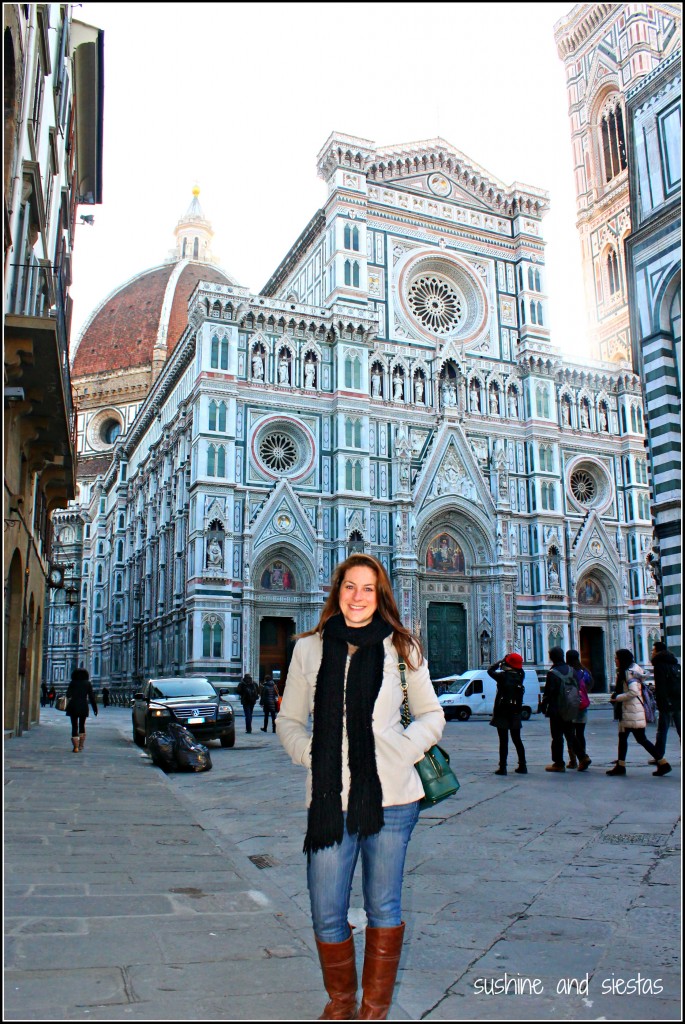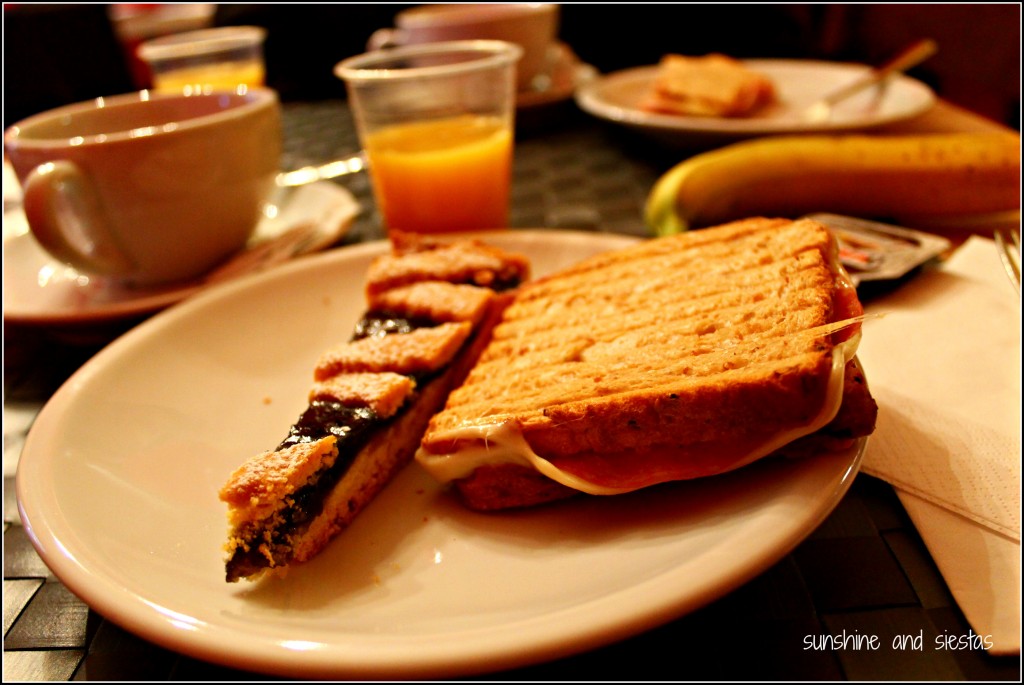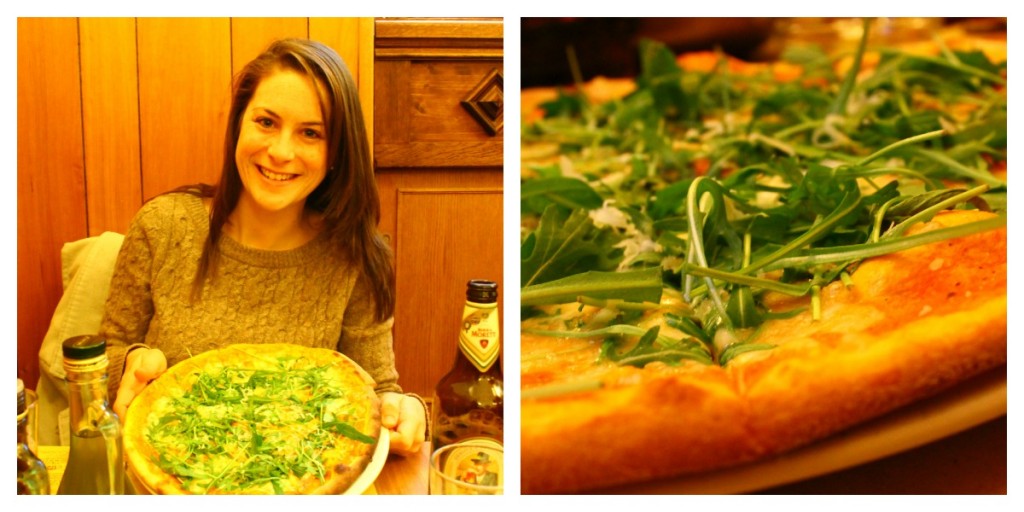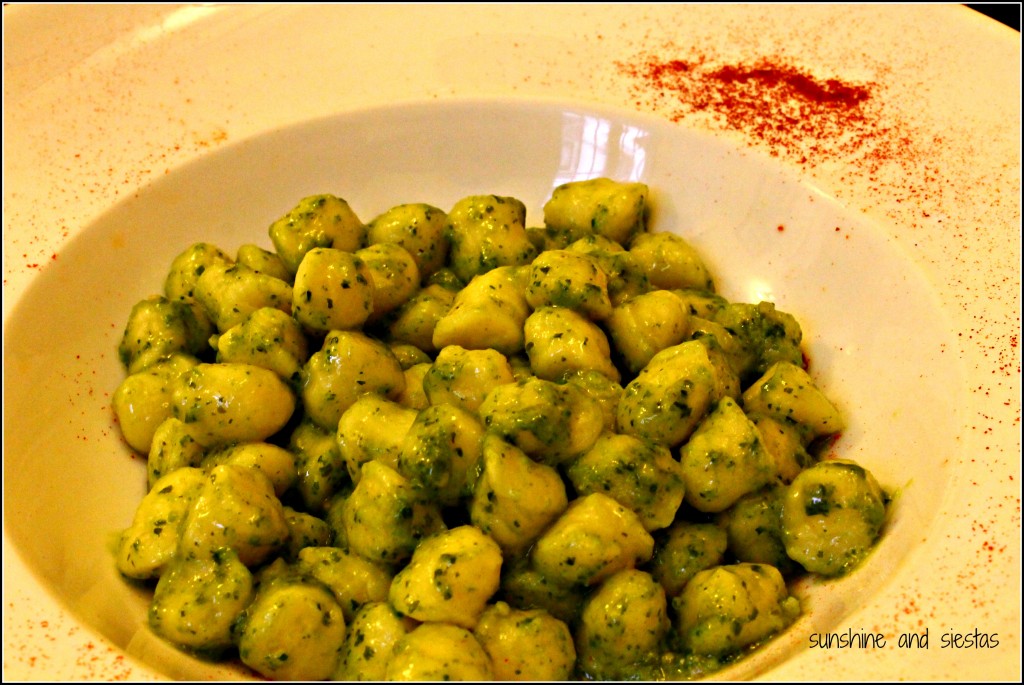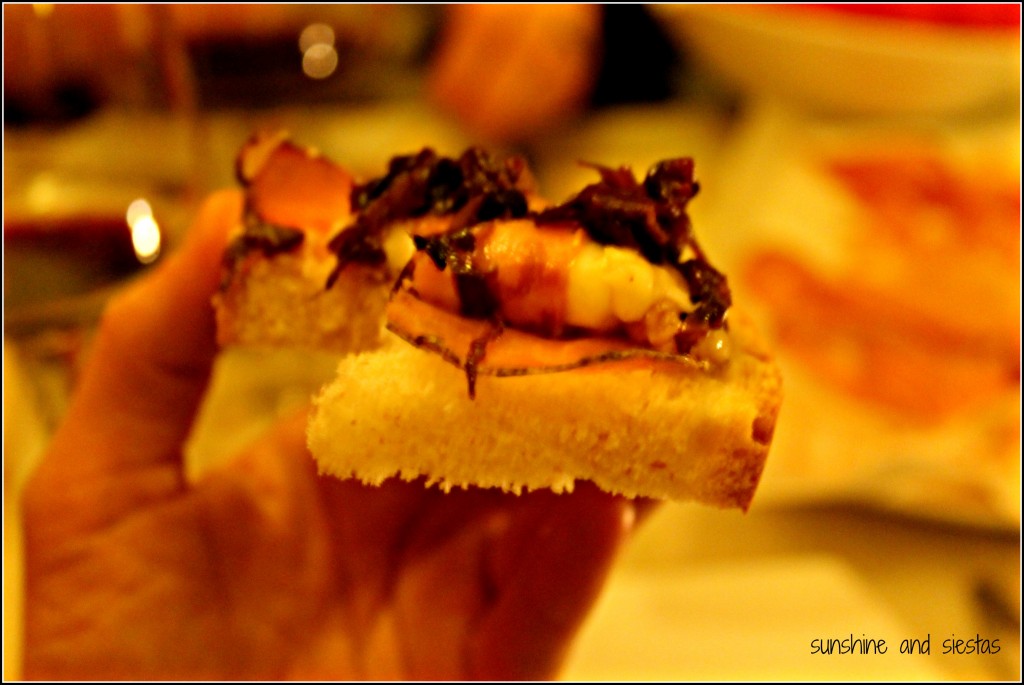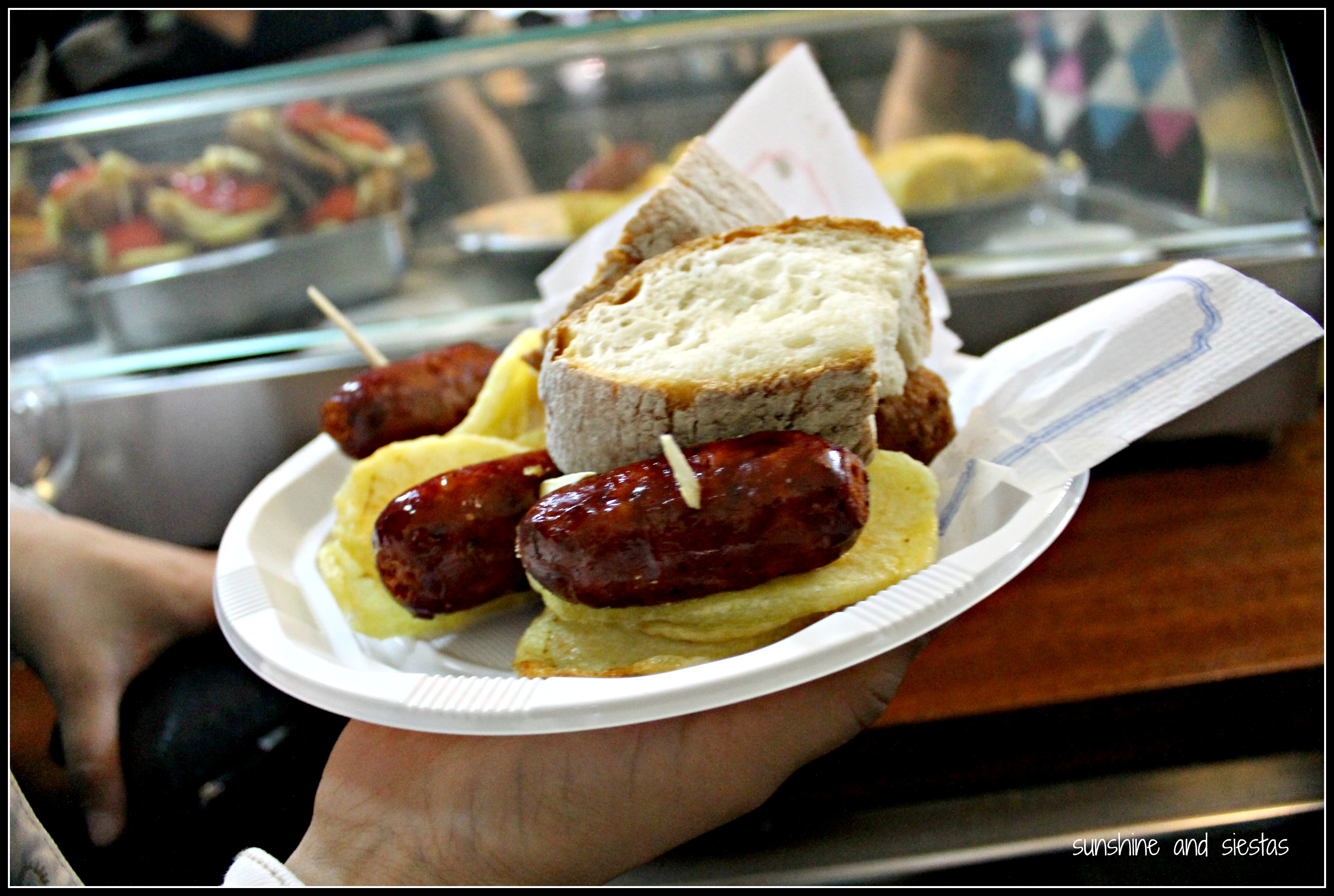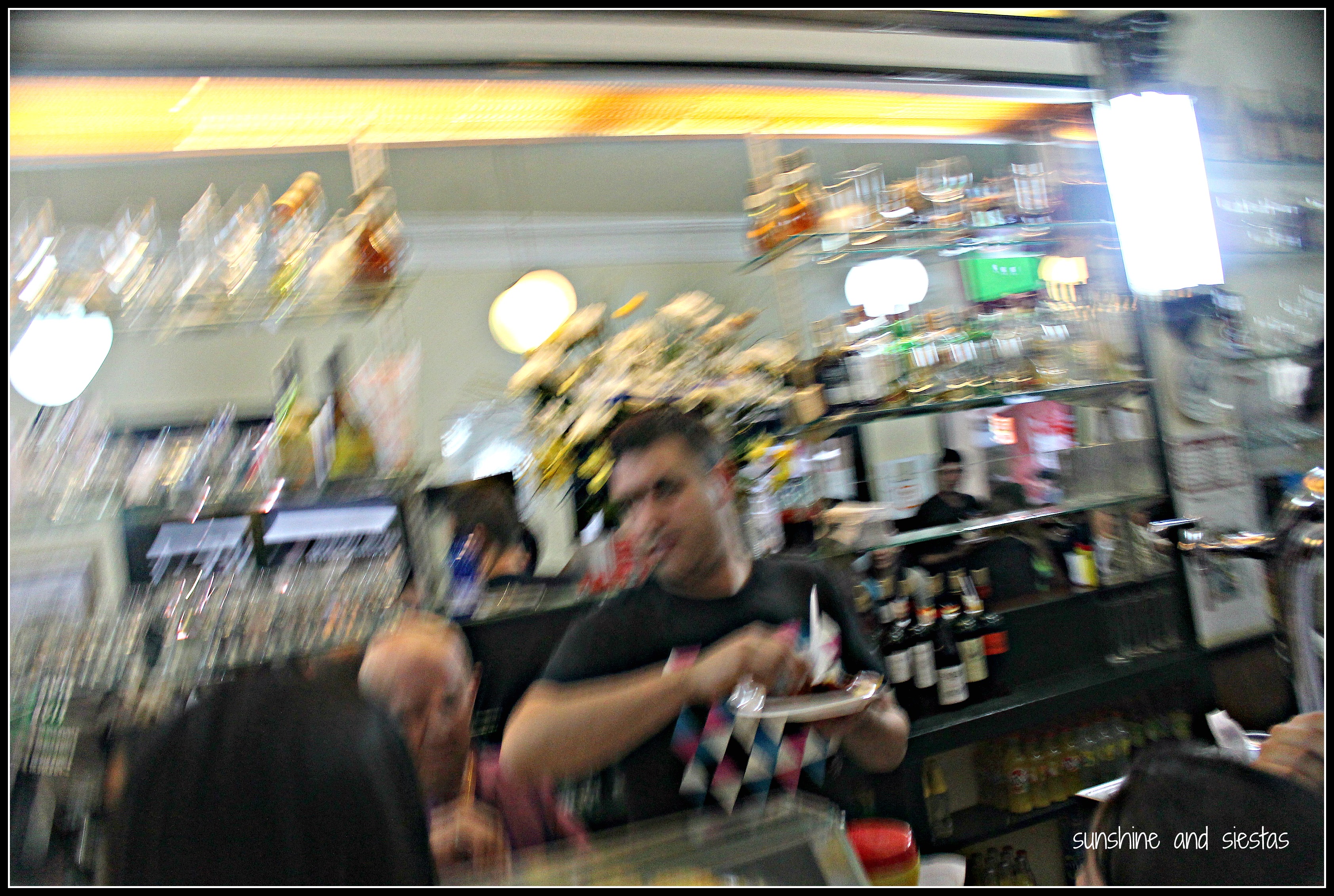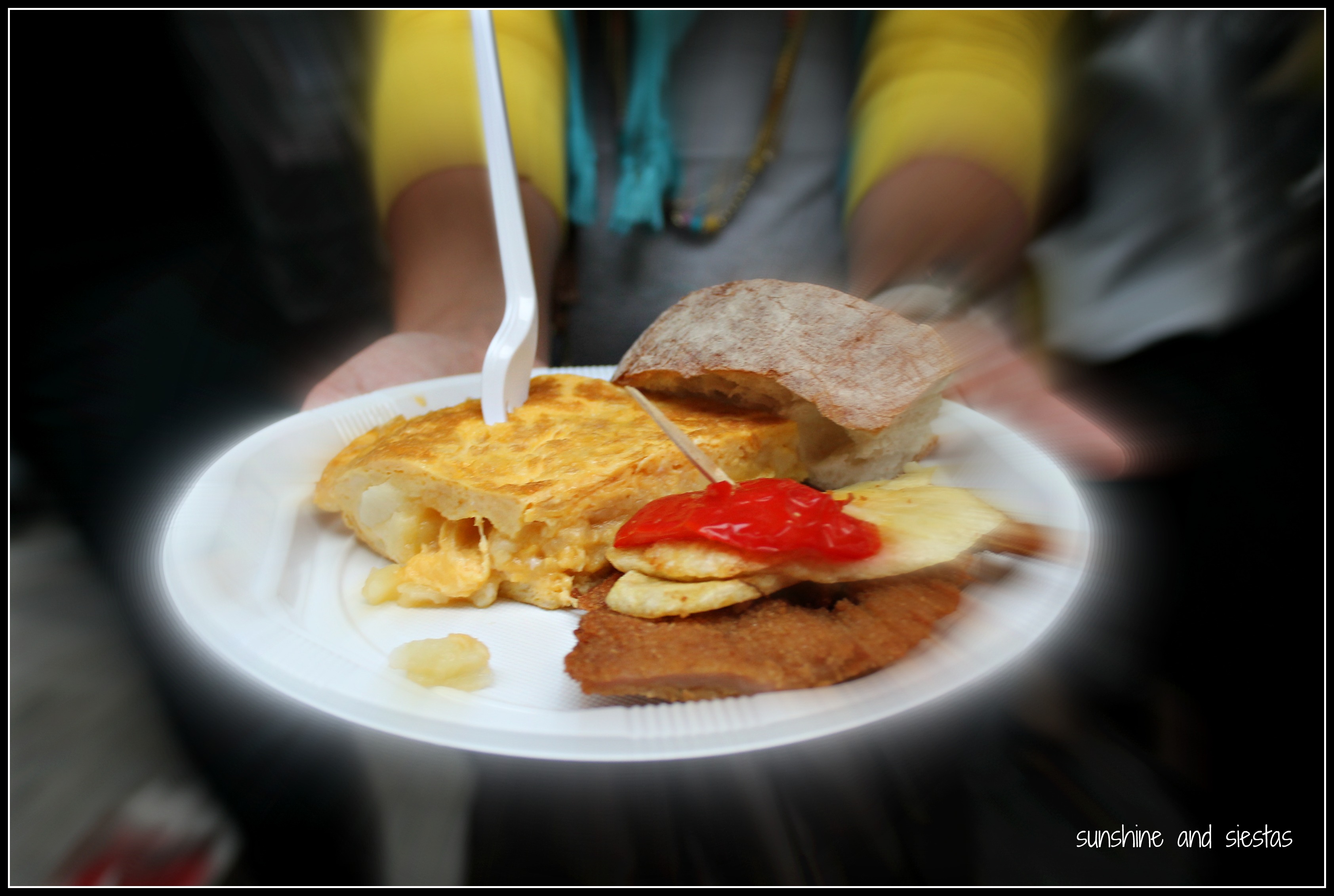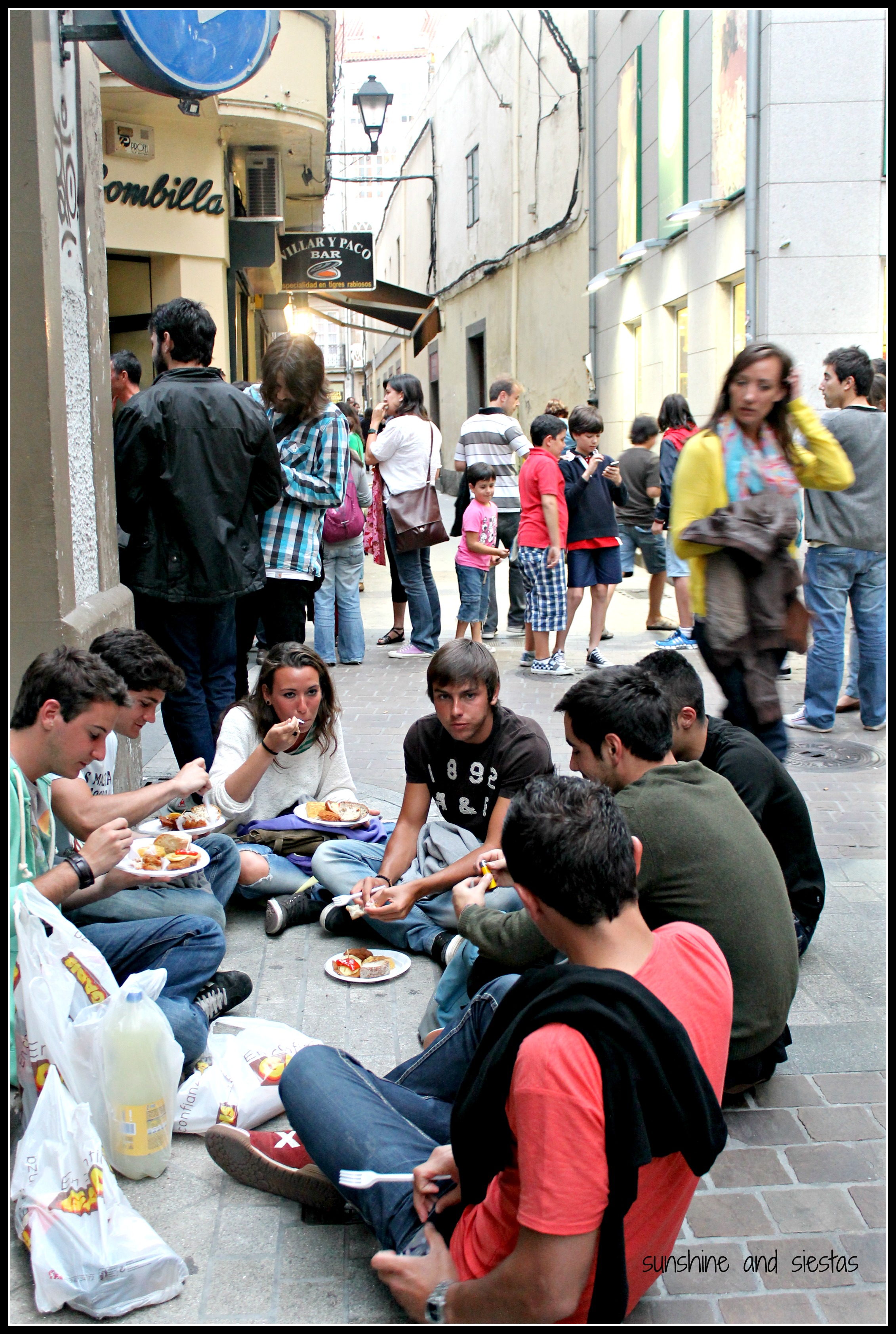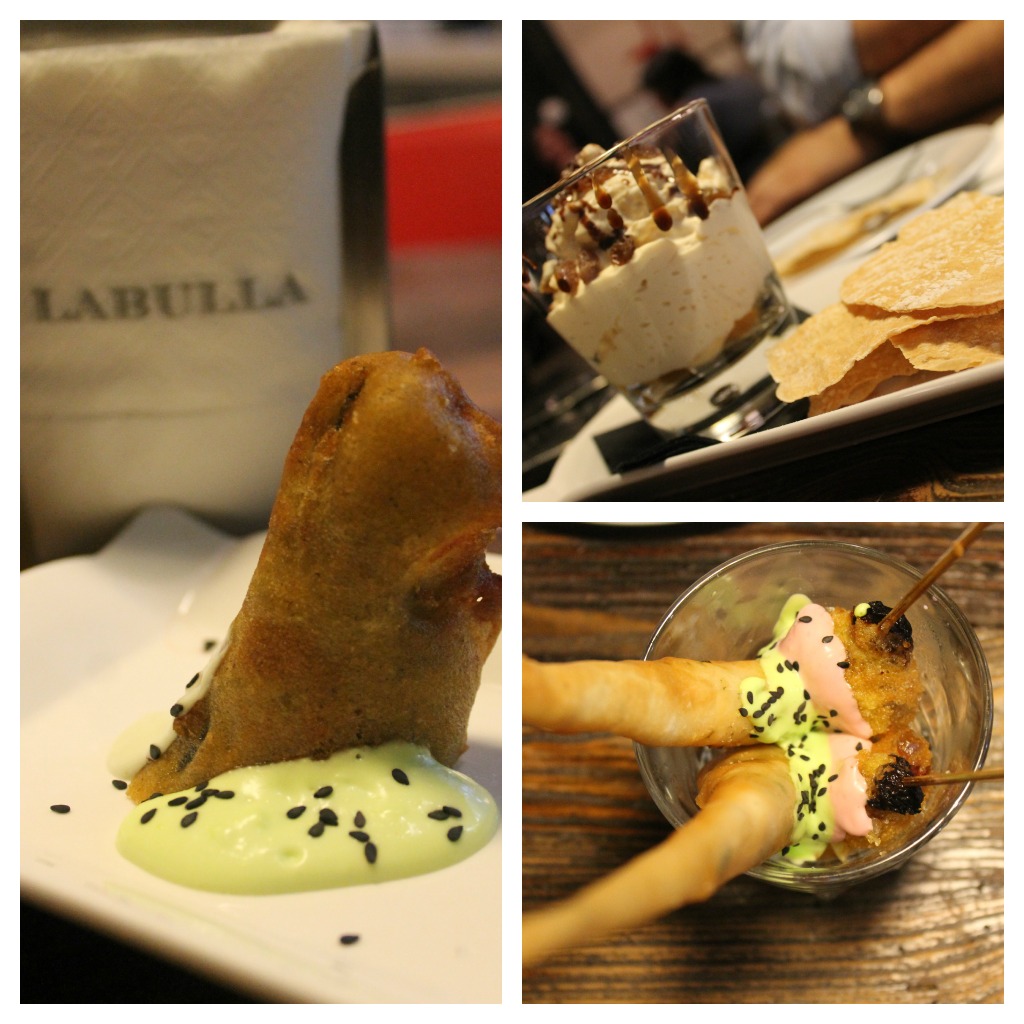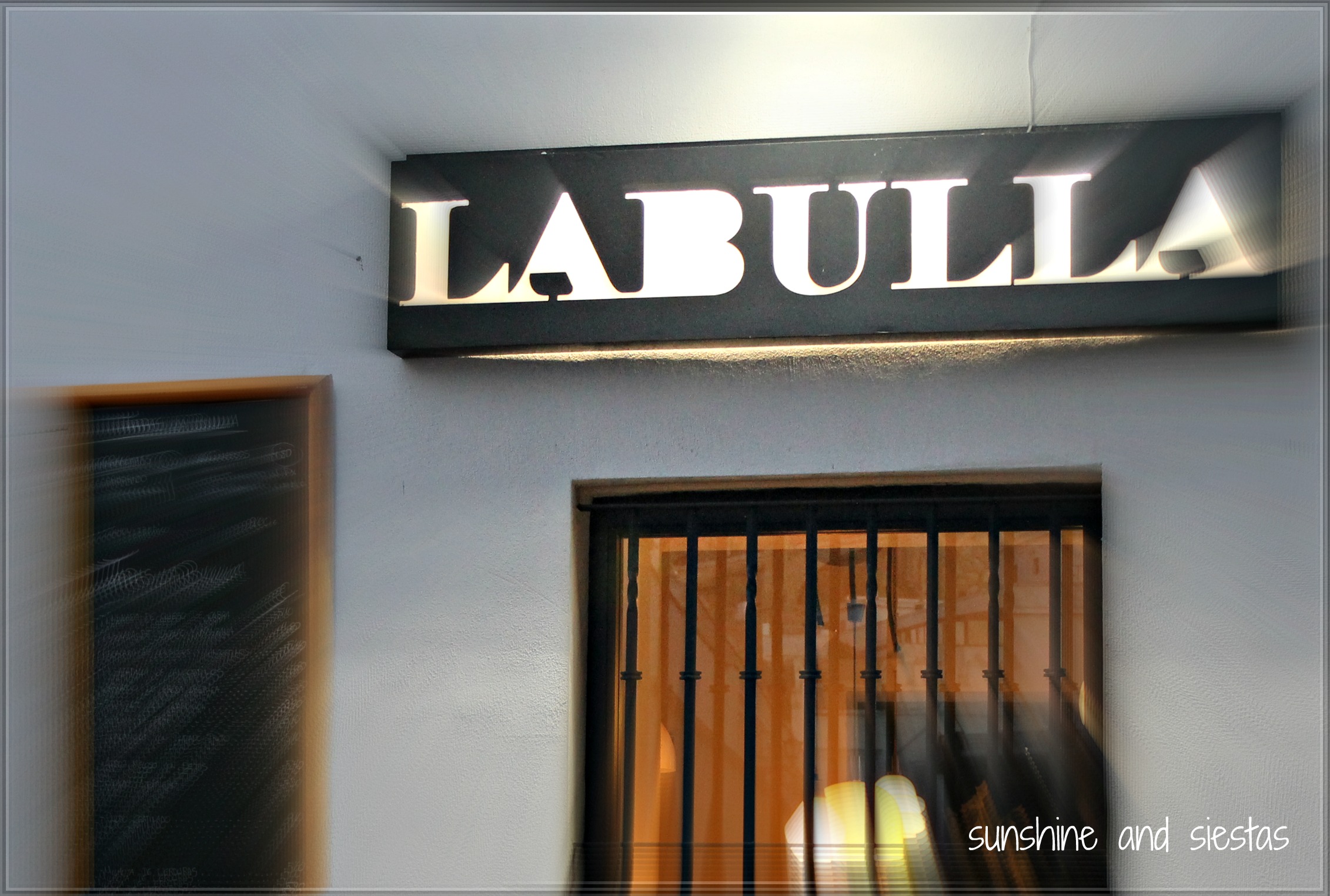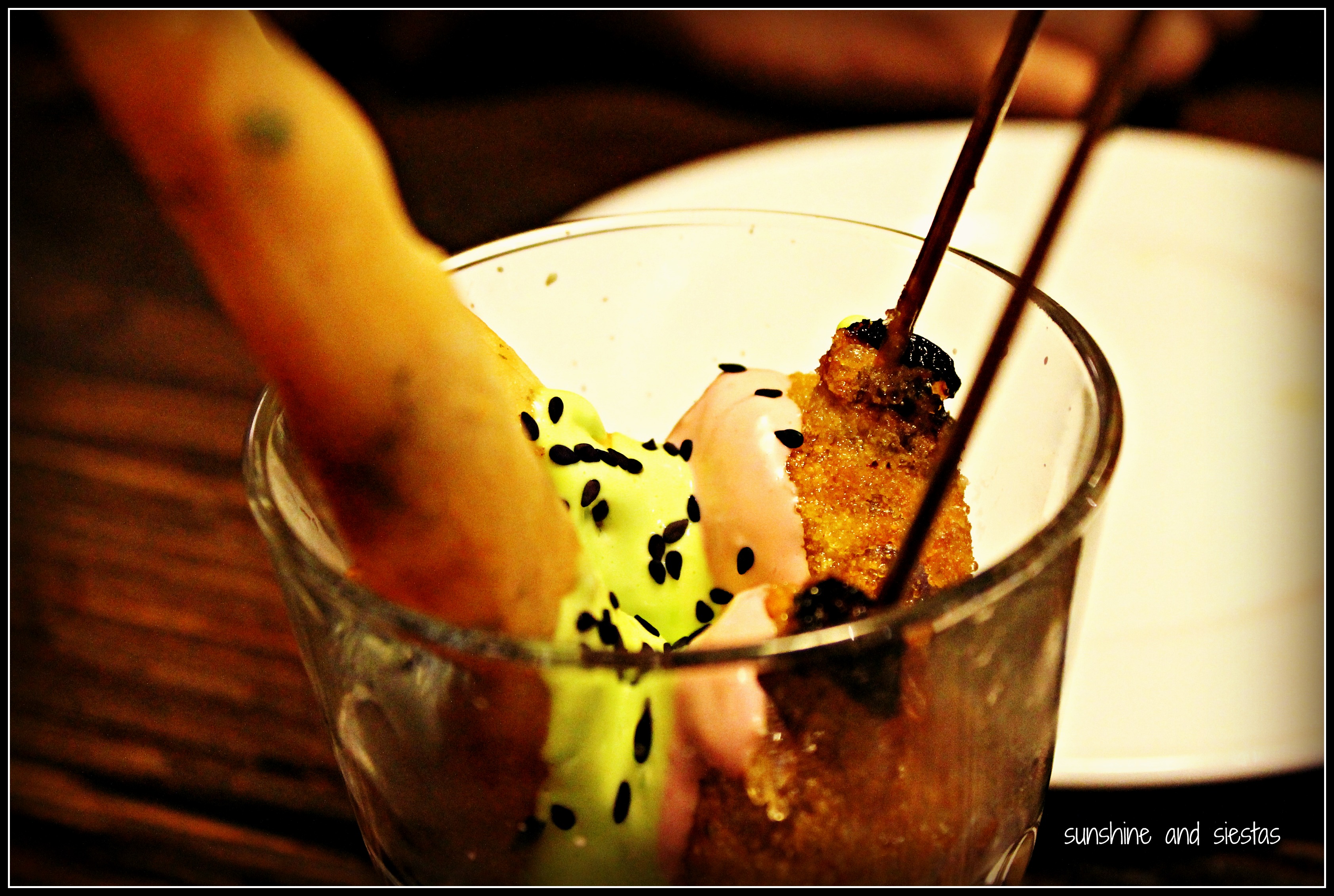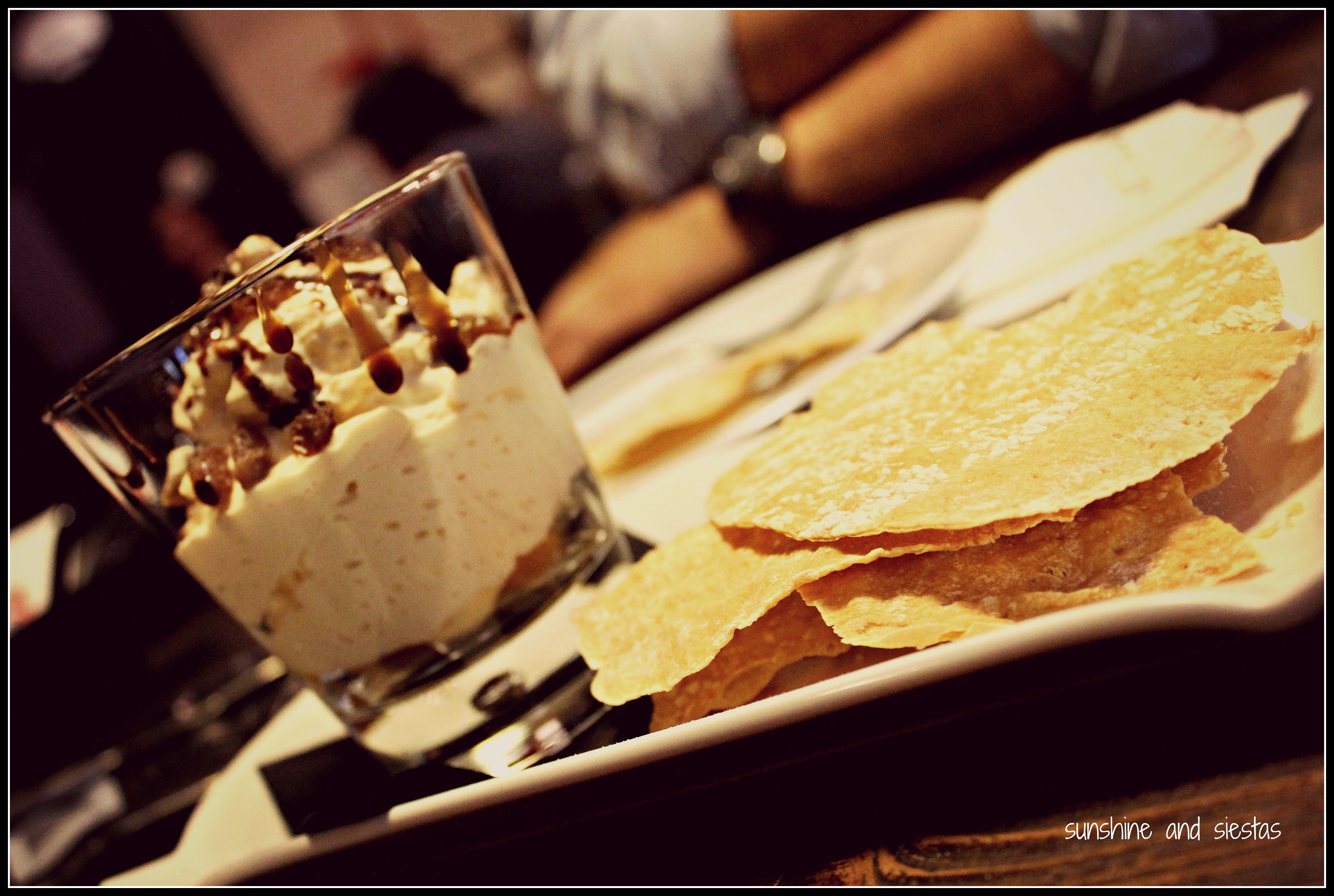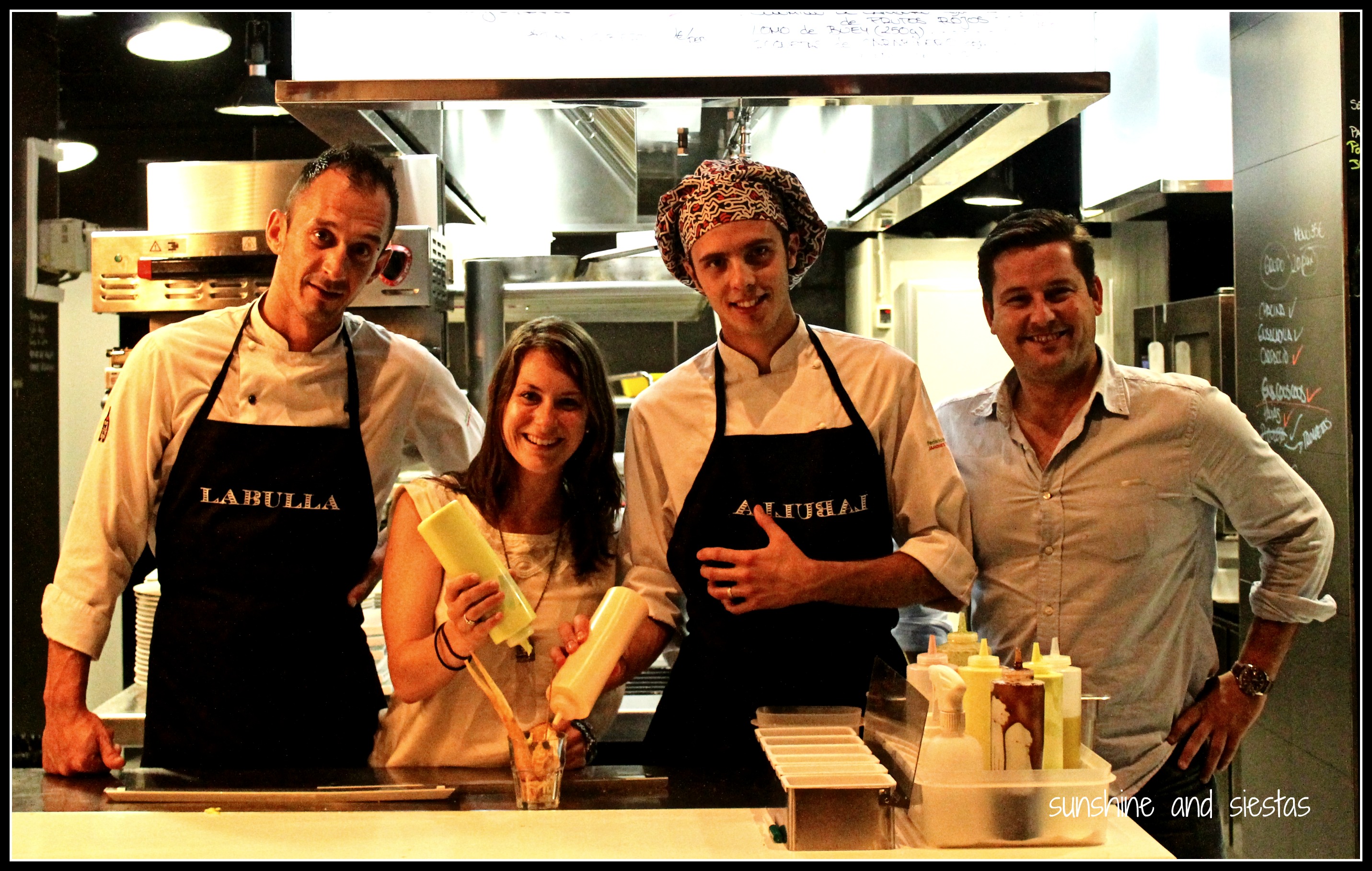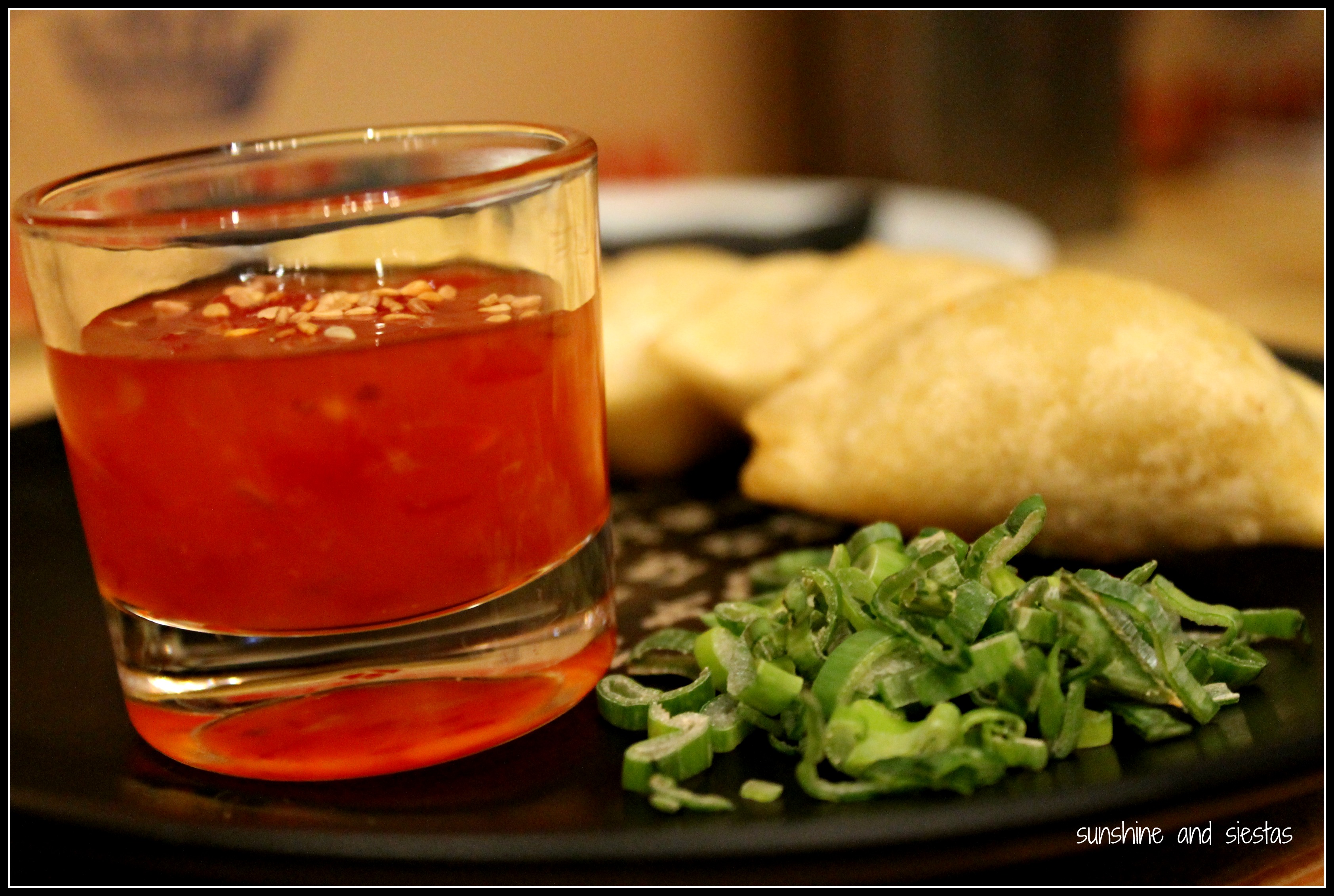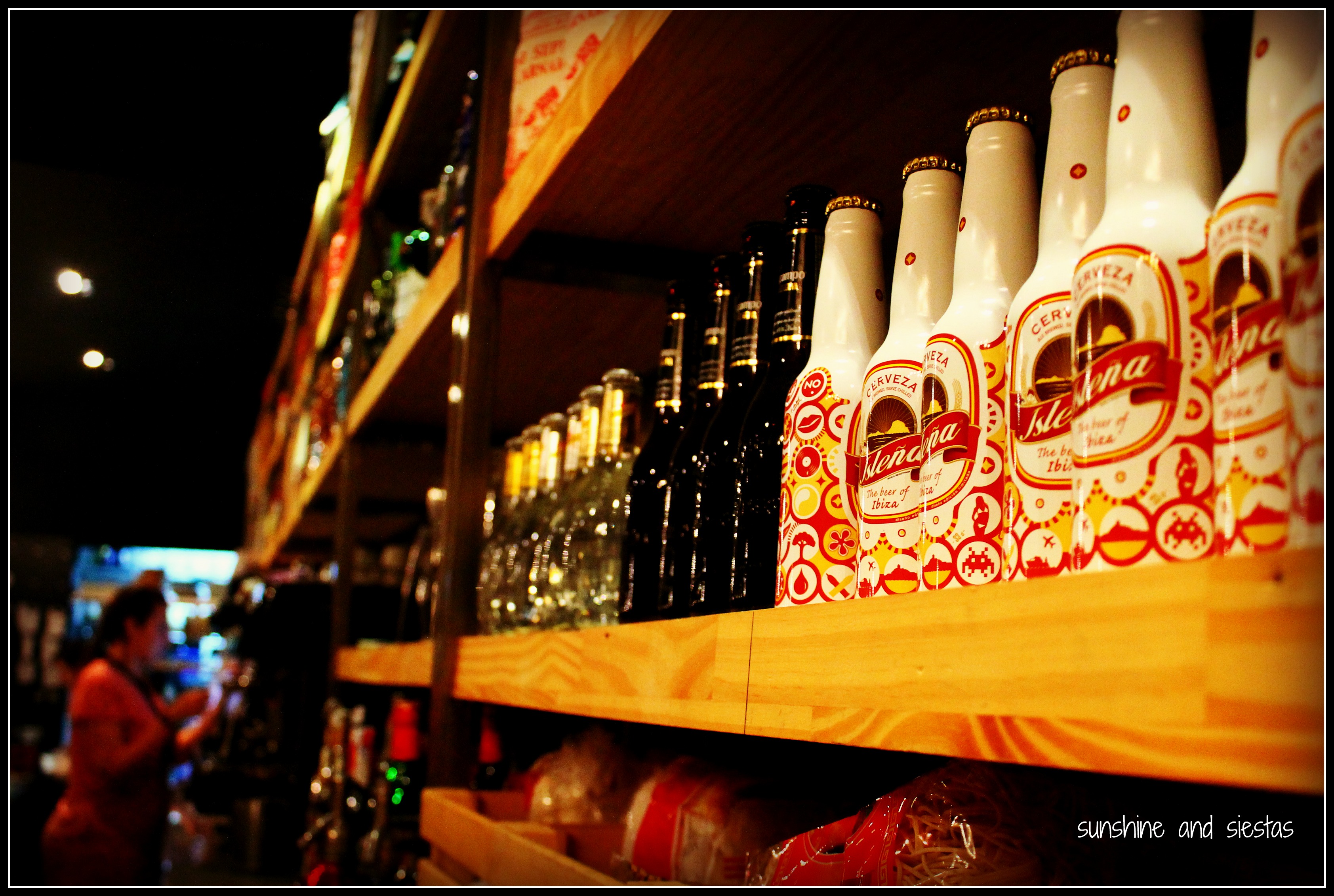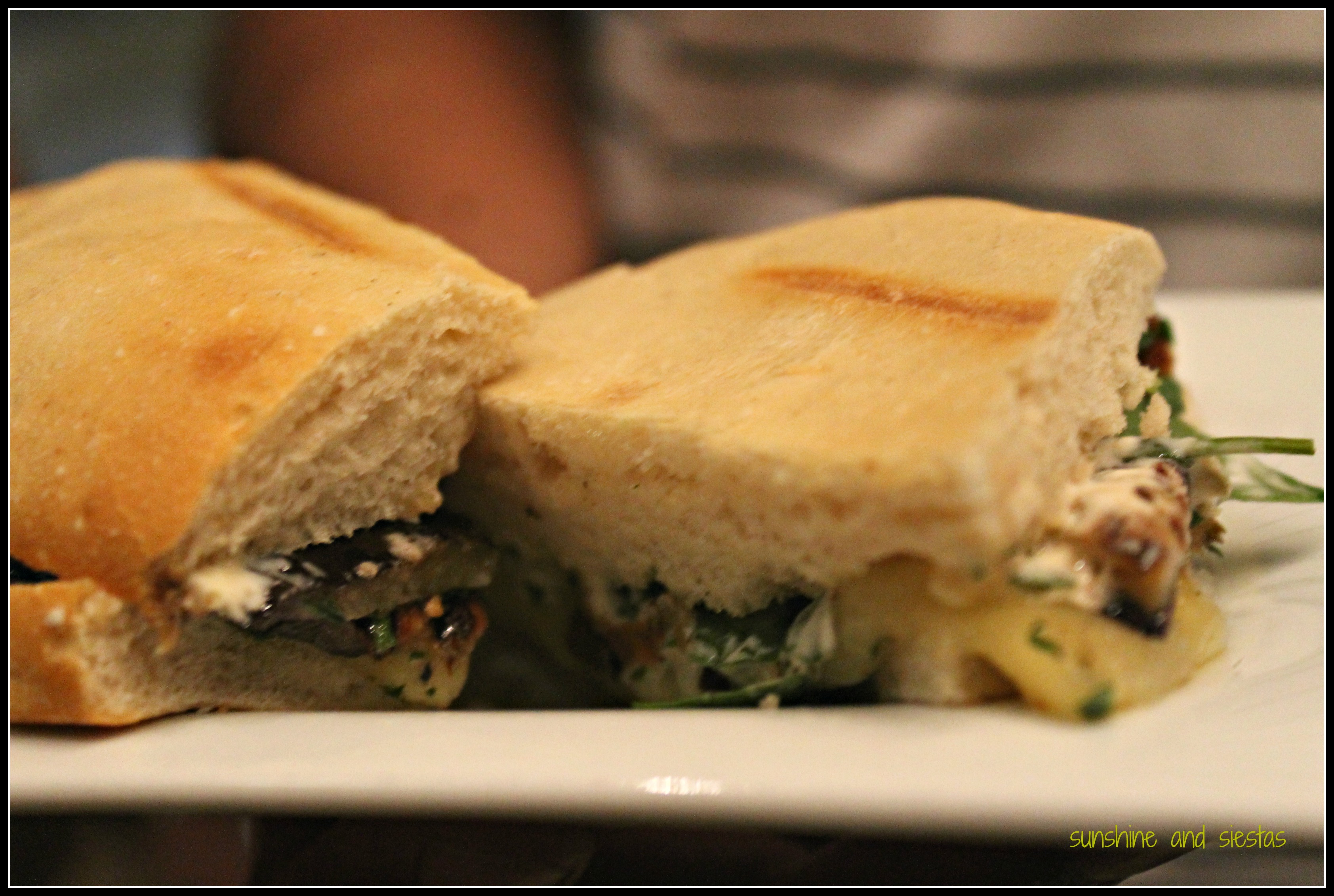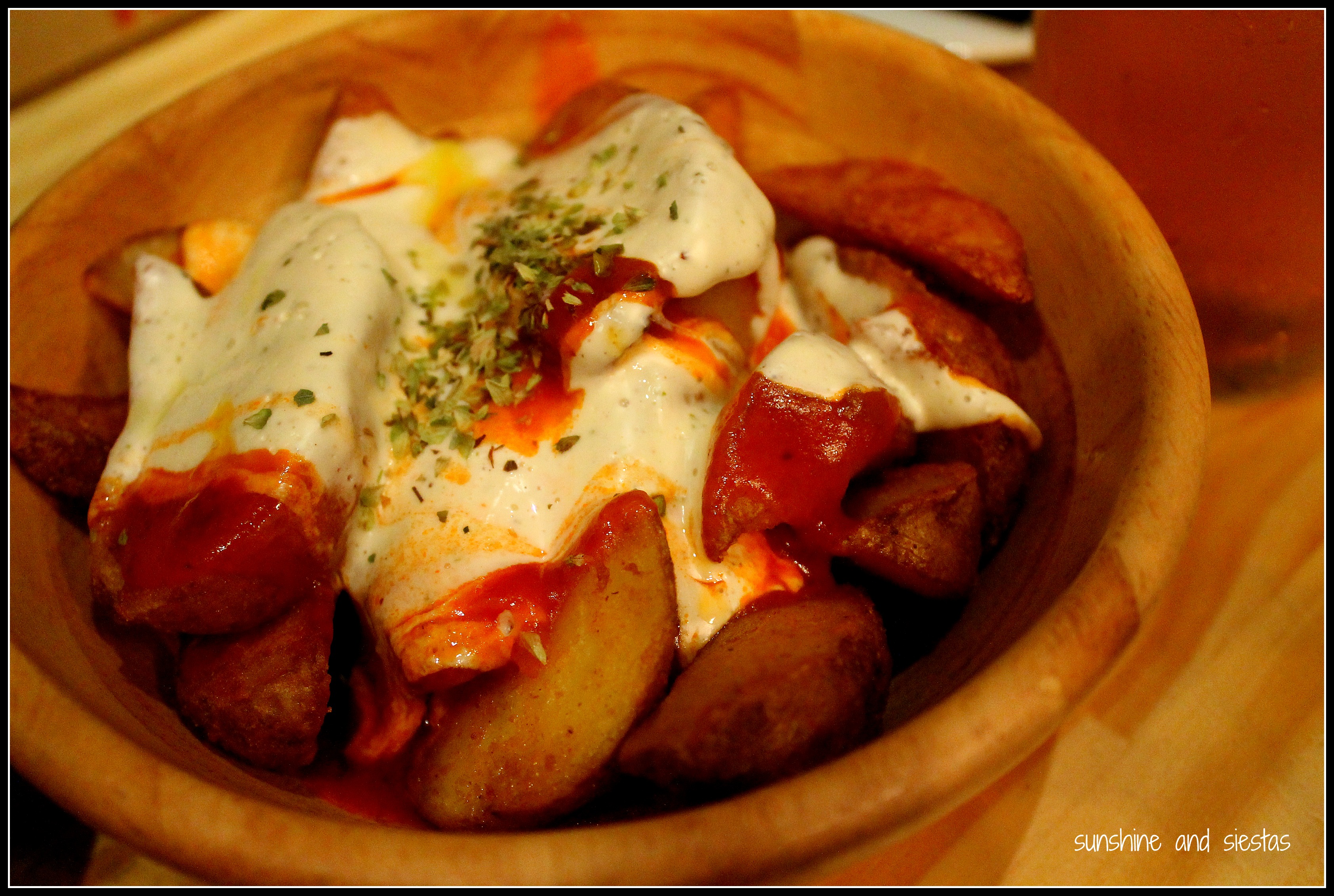Little known fact about me: Italian food is as much a part of my family’s table fare as meat and potatoes. And I have not one ounce of sangue italiano in me.
There’s two parts to this story: firstly, my mom studied gelato and fashion in Rome in the 70s, developing a love for Ferragamo and fromaggio. And my great-aunt Mary Jane married the boy next store, my beloved Uncle Mario, whose family arrived from Northern Italy when they were in high school. Mario Rubenelli started the Dell’Alpe food import company, whose products can be found around Chicago. Imported olive oil, pepperoncini, balsalmic, and parmesean cheese were always on our table.
When I surprised the Novio with a weekend trip to Bologna, we had little else on our itinerary but gain a few kilos and wash it all down with Chianti. Add an overnight trip to Florence, and our food hangover was coupled with an art and architecture one.
Upon arrival to Marconi Airport, we steered our car south towards Firenze. Eager to eat, we arrived frantic and without a place to park. Our hotel recommended a small trattoria, and we snuck in just before they closed. The place, Trattoria da Guido, was cozy and lit with candles with a plain view of the kitchen. We communicated with our waitress in Spanish with a sprinkling of Italian – vino, prosciutto, acqua, grazie.
My eyes immediately went to the gorgonzola ravioli with walnut sauce, and Kike’s choice of tagliatelle with wild boar meat – a symbol of Florence, anyway – was clear. My chianti arrived with our salad topped with mozzarella and Parma ham, and our fresh pasta a few minutes later. Manggia, we did – I didn’t even take any pictures! My dish was heaven – creamy with nutty undertones and just the right amount (Via Faenza, 34. Open daily for lunch and dinner).
The following morning, a breakfast with a view of the Medici Chapel and the Saturday market met us early. After an espresso, hot panini and even some nutella for my banana, we stopped by the nearby San Lorenzo food market. On a sleepy Saturday morning, many of the stalls hadn’t even opened, meaning the Novio and I had nearly the entire maze of fish and vegetable shops to ourselves. But I was on a mission: to bring back a hunk of parmesean, even if it mean donning more clothes on board our return flight if my suitcase was overweight. Tempting were the rolls of salami, mortadella and tiny flasks of limoncello.
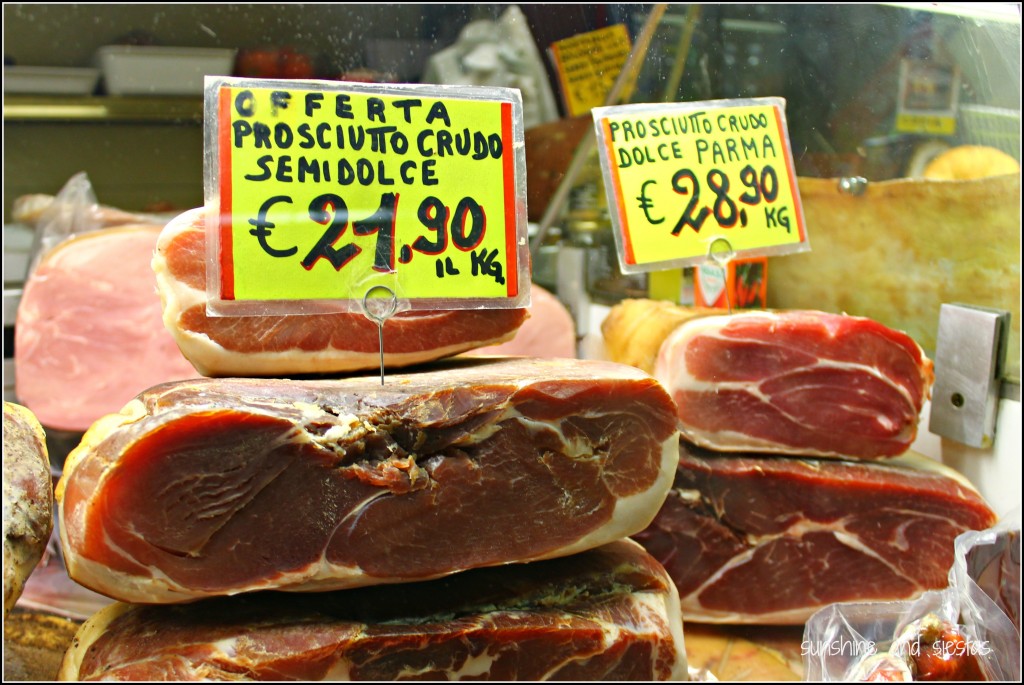
The morning was punctuated by stops in sunny piazzas for another caffeine jolt or Moretti beer. I was aching to get the sightseeing done and get onto having another meal, this time in a student pizzeria where I’d eaten years ago. The wood-backed chairs and exposed brick walls of Osteria del Gatto e la Volpe lent a comfortable atmosphere for our crostini appetizer as we poured over a six-pages of pasta, pizza and calzones. On my first solo trip, spent in Florence, I’d had a simple pizza and a small jar of wine, and the waiters seranaded me from a small corner table on a busy Saturday night – I needed that pizza again.
In the end, we split a hearty potato gnocchi with pesto and a margherita pizza with parmesean and ruccula (Via Ghibellina, 151, near Santa Croce). The meal was a perfect balance and a great value, and it filled us up during a day of driving back to Bologna and a long winter’s nap once there.
Emiglia Romano is the unsung food hero of Italy, home to Parma (of ham fame), Modesto (of basalmic vinegar fame) and tasty regional capital, Bologna (of the meat sauce fame). The gritty capital is not only known for its food, but for its modern university, which meant cheap and plentiful food options abound.
After a long sonnichiarre, the Novio and I bundled up and got a glimpse of the Due Torres, San Petronino church and Piazza Neptuno. Our hotel was right next to a highly-recommended osterria, but the early dinne crowd had us huddled in a bar, drinking beer. Upon changing locations – an aptly named bar called Siesta – the bartender asked the Novio what kind of beer he wanted via the young Italian sitting next to us.
Peppino – with two Ps, not to be confused with the vegetable – had studied in Las Palmas de Gran Canaria and spoke pretty good Spanish. Adopting the When in Rome Bologna, do as the Bolognians do frame of mind, we followed Peppino and his friend Eliza to a swanky, low-lit supper club called Bravo Caffe, where we ordered a bottle of suave red from his hometown of Lecce and a platter of cured meats – mortadella, prosciutto, parma ham and pancetta. (Via Mascarella, 1. Bologna).
A woman took the stage as the lights dimmed, meaning we’d be eating with very little light. Our appetizer of squid with caramelized mushrooms arrived, opening the floodgates of my hunger. I had ordered potato gnocchi with pecorino cheese, smothered in parmesan, olive oil and fresh parsley, a staple on my Italian side of the family. Ignoring the music, the company and everything else that wasn’t on my plate, I popped potato ball after potato ball in my mouth. If there’s one thing that makes me a horrible guest, it’s the presence of good food in front of me – I don’t even remember what Kike ate!
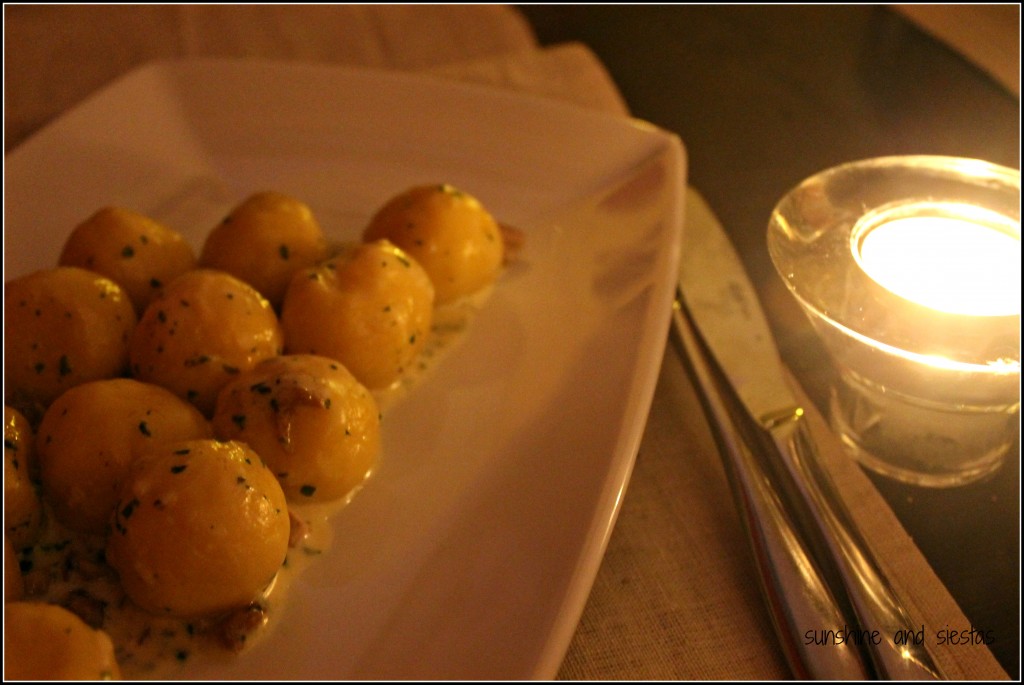
After such a hearty meal, a grappa seemed to be in order, followed by a cocktail. The next morning’s alarm went off and I had to roll off the bed, thanks to a still-full stomach and a slight tequila hangover. We wouldn’t consume much more that day, sharing sandwiches on the plane ride and even skipping dinner.
Back at home, I purveyed my pantry: a new hunk of parmesan, marked with PARM REGG, three types of pasta, and all of the Dell’Alpe spices I’d hoarded from my family’s company. Not bad for a non-Mediterrean.
Like food posts? I also told you everything I ate while in La Rioja, Spain’s de-facto wine capital. Do you like Italian food (or food gluttony)?
